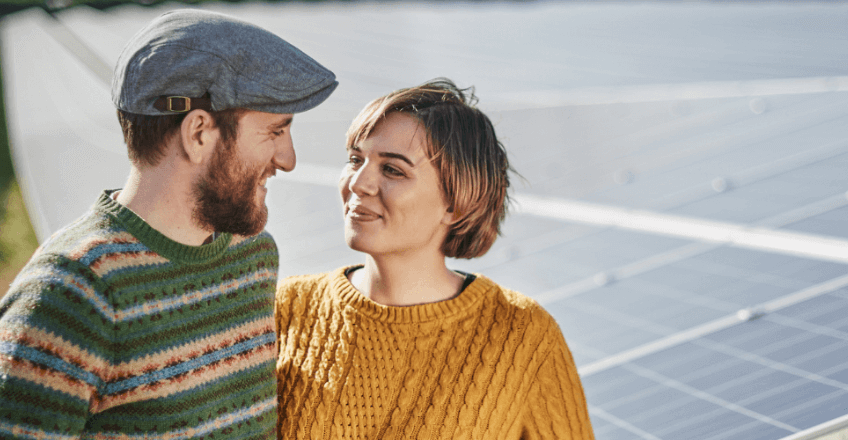Solar Power – What’s it all about?
Published date: November 2021

The amount of sunlight that hits the earth’s surface in an hour and a half is enough to power the world’s energy needs for a full year. Apparently, a total of 173,000 terawatts of solar energy strikes the Earth at any given moment. Consider that the world’s population currently consumes 15 terawatts of power, most of which is generated by fossil fuels, and it’s clear to see the potential power of solar is huge.
In 2019 renewable energy represented 19.7% of energy consumed within the European Union, only 0.3% short of the 2020 target of 20%. The growth in electricity generated from renewable energy sources between 2009 to 2019 was largely due to an increase in three renewable energy sources: wind, solar and solid biofuels. Wind and hydro power accounted for two-thirds of the total electricity generated from renewable sources. However, solar power is the fastest-growing source and with the cost of solar having fallen over the last ten years and introductions of new technology leading to greater efficiency, there’s a great deal of interest from consumers in using solar to heat their homes.
How does solar power work?
The main type of solar energy technology comes in the form of photovoltaics (PV) which is used in solar panels. The type you typically see on the roofs of houses. When the sun shines onto a solar panel, energy from the sunlight is absorbed by the PV cells in the panel. This energy creates electrical charges that move in response to an internal electrical field in the cell, causing electricity to flow.
Solar power can also be generated through concentrating solar power (CSP) or solar thermal energy. This system uses mirrors and lenses to reflect and concentrate sunlight onto receivers that collect solar energy and convert it to heat, which is then used to produce electricity. This tends to be used in large power plants.
Storing Solar Power
If you’ve had solar panels fixed to your home, you could invest in solar battery storage which allows you to store electricity generated from the sun via your solar panels to use in the evening or at a later date. Adding a solar battery system is a great way to use renewable energy to increase your independence from the grid.
Solar panels generate the most energy throughout the day when, traditionally, homes use the least amount of electricity. This means your solar PV system will be producing a lot of surplus energy which would otherwise be wasted. Adding a battery allows you to store this extra electricity to use as and when you want.
You could choose to use the excess energy stored in your battery to charge your electric vehicle, increasing the amount of clean energy used by your family.
At the moment, the UK is installing solar panels faster than any other European country. Solar seems to be one of the most popular forms of energy generation but uptake of domestic solar generation is still fairly slow. There could be a number of reasons for this – the location of the property, the aesthetics of the solar panels, the cost, or simply a lack of desire to install them.
Community Power
However, you don’t have to install solar panels to take advantage of renewable energy. Community Power from Your Co-op Energy is the only energy tariff to power your home with renewable energy solely sourced from community generated wind, hydro and solar farms. And, when you switch, Your Co-op Energy funds new community energy projects, so local producers can continue to grow, create local jobs, and power local economies with the cleanest, greenest energy.




Leave us your comment
You need to login to submit a comment. Please click here to log in or register.